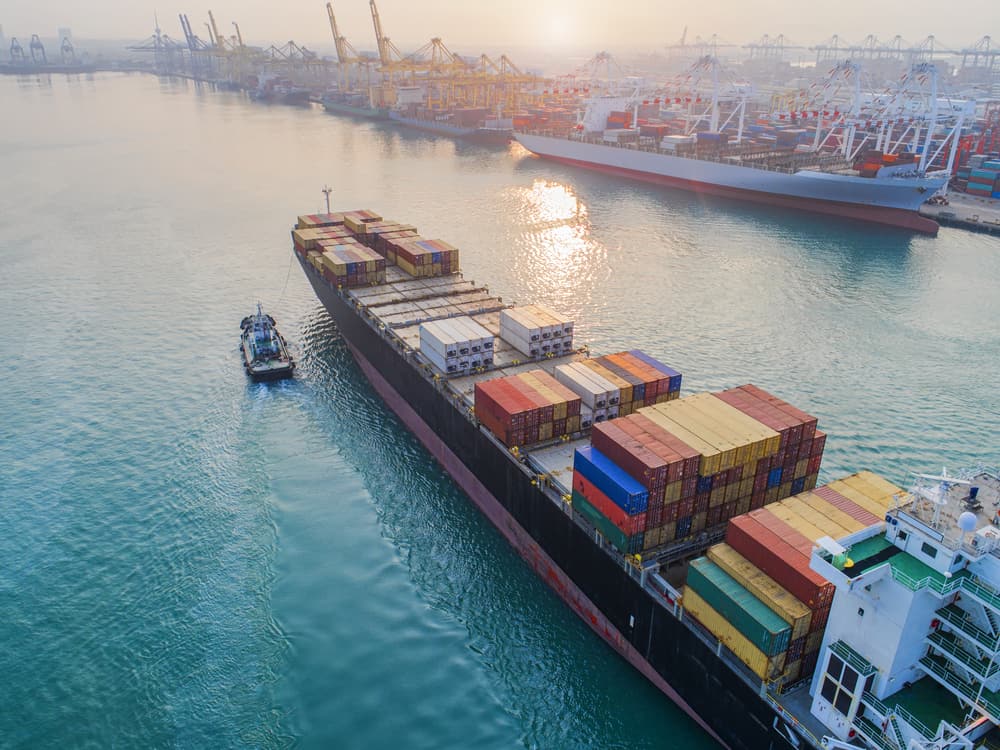2018 started with great expectations, as there had been consolidation, and carriers were ready to start off to a better and more profitable year.
Demand was going to surpass supply, and the 2018 order book was lighter when combined with 2017. And, importantly, a recovery towards stronger shipping rates was on the horizon.
Halfway through 2018, although rates are much stronger and there is an industrywide recovery underway, the following matters are making it more difficult to plan ahead and handle shipments effectively for all parties involved:
- Capacity cuts: Steamship lines are proceeding with capacity cuts on main trade lanes. There is a 6.7% reduced capacity in July in transpacific trade, due to slowing volumes, and in the hopes of cutting costs and helping freight rates maintain higher levels. Freight volume has grown in the first half of the year by 4.6%. However, this is lower than during the same period of 2017.
- Variable freight rates: Market rates have varied up and down, which makes it almost impossible for some importers to foresee long-term costs. There is always either PSS or GRI announcements every two weeks for transpacific trade, although most of the time they do not stick. Typically, it is a guessing game to see if importer’s shipment cycles fall on the dates that are announced, after these increases take place.
- Oil prices: Increasing oil prices are not only directly affecting freight rates, but are also impacting ocean carrier’s cash flows. This could neutralize the positive impact coming from a healthier supply-demand balance, unless the increases can be passed through to customers.
- Trucking shortage: The U.S. trucking shortage issue is worsening everyday. I had detailed the reasons for this in my earlier post. Some areas in particular are still struggling to meet demand. Many major carriers already stopped accepting bookings for door moves. This will further worsen as the winter arrives, and it is a problem that is not going away soon. This will add further costs on importers.
- Terminal efficiency: Terminals are struggling to handle the larger vessels that started to call. At some terminals near Los Angeles, for example, getting an appointment takes days. Usually, truckers need to pick up cargo either on the last free day, or even after the time the free day expires.
- Trade war risk: An unexpected economic approach from the current administration is affecting shipping planning. Due to concerns with an additional $200 billion tariff, some importers are rushing their shipments before that decision takes effect. Many expect that if this additional tariff takes effect, overall shipment volumes will go down towards the end of the year, until importers figure out how to absorb the additional costs from the tariffs. The latest tariff announcement would affect almost one third of U.S. imports from China, almost 4 million TEUs a year.
There has not been a great year for the shipping industry for many years.
Global matters affect the shipping industry immediately. Regardless of what’s going on, the U.S. will continue to import, and shipments will continue to move.
Above are just some of the current challenges that are being faced, and it is certainly becoming more and more complex to manage the overall supply chain. Overall, these issues will eventually effect the price of products. Consumers will pay the ultimate price.




